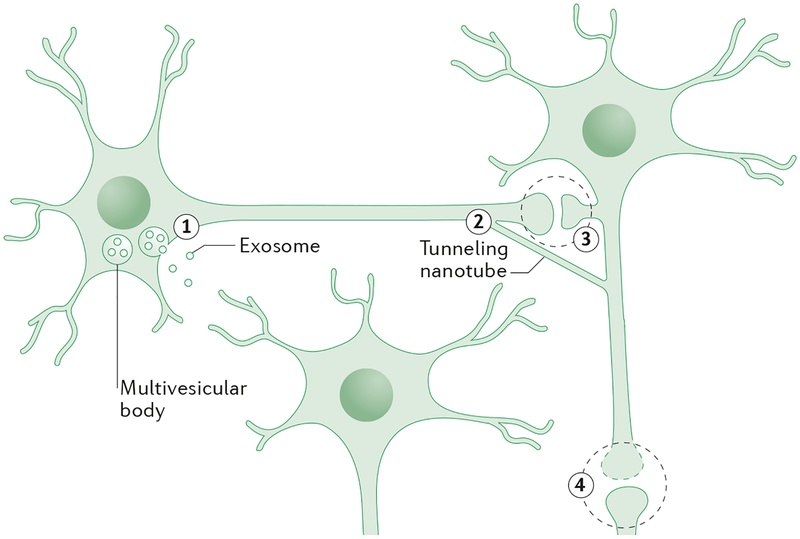Figure 2. Possible mechanisms for inter-neuronal transfer of proteins.
In the figure, two neurons are synaptically connected, with illustrative synapses shown in magnified views. A third neuron (lower center) is near to the other neurons but not synaptically connected. Neither α−synuclein nor tau contain the signal sequences necessary for conventional secretion, so their release must occur by a non-classical mechanism. Over the past decade, two non-classical mechanisms for inter-cellular communication have emerged: the secretion of small vesicles called exosomes138 (1), and the formation of thin membranous bridges termed tunneling nanotubes (TNTs)139 (2). Exosomes could potentially travel across synapses or longer distances and facilitate transfer of proteins to other cell types. Similarly, TNTs facilitate communication between neural and non-neural cells, often over long distances. Interestingly, both exosomes and TNTs have been implicated in the movement of infectious PrP in experimental models140. If cell-to-cell transfer of non-PrP neurodegenerative disease-related proteins occurs via exosomes or TNTs, then the proteins inside these structures are unlikely to be fully accessible to antibodies used in immunotherapy (see Figure. 3). A third possible mechanism (3) involves the release and uptake of the naked protein. α−synuclein is present in pre-synaptic endings76, 141, and tau is present in post-synaptic elements142, 143. During neurotransmission, it is possible that small amounts of either protein could leak between the pre- and post-synapse. The more abundant a neuronal protein is, the more likely this is to occur (both α−synuclein and tau are highly abundant)59, 141. Finally, an obvious but little discussed possibility (4) is that proteins are released as a secondary effect of synaptic or cellular compromise144. Little is known about the cell biological mechanisms by which pathogenic proteins that are released are taken up by neurons and how they encounter the cognate endogenous protein that they are proposed to template.

